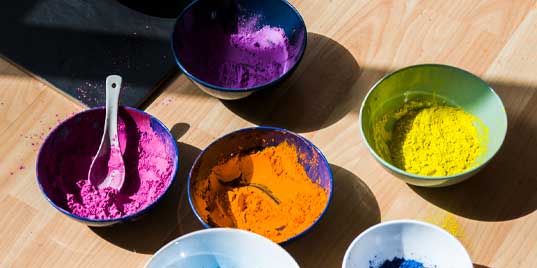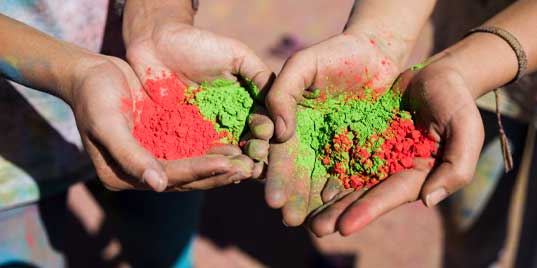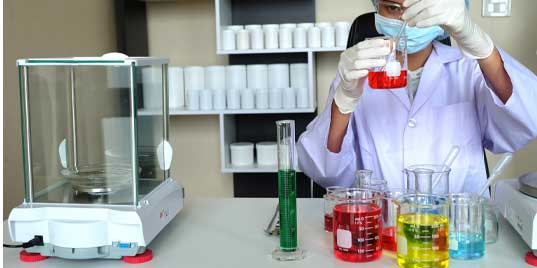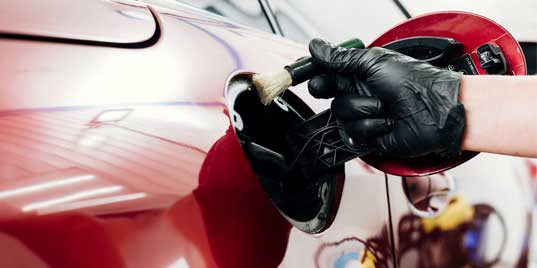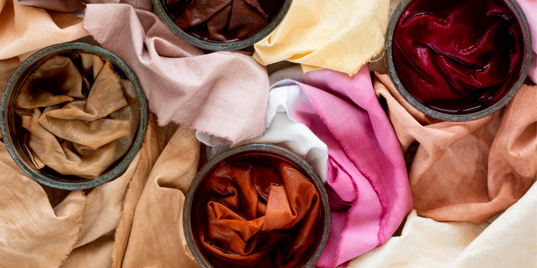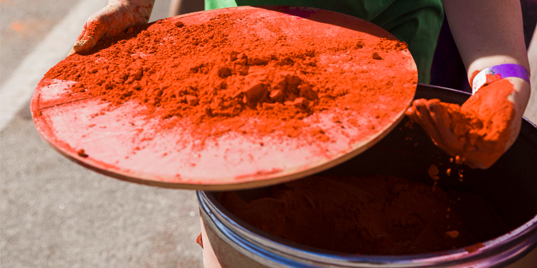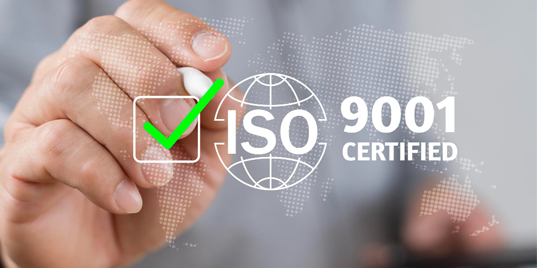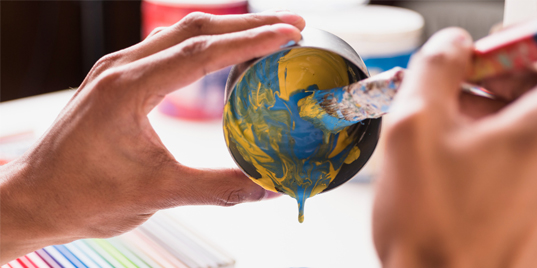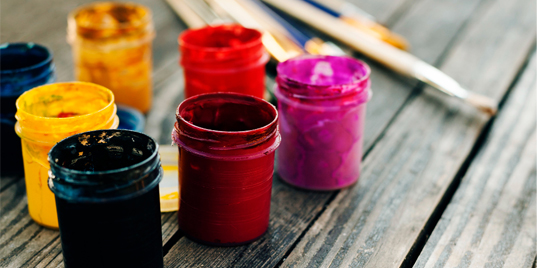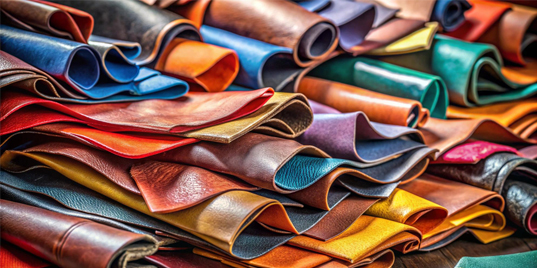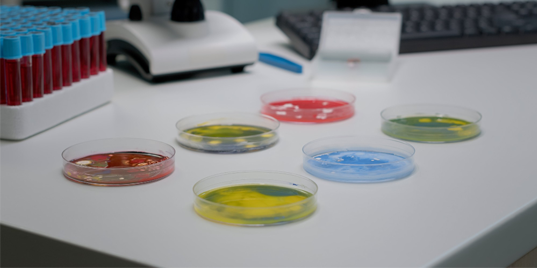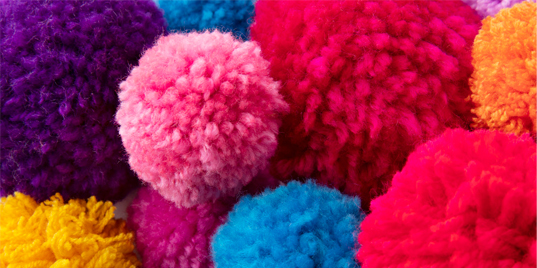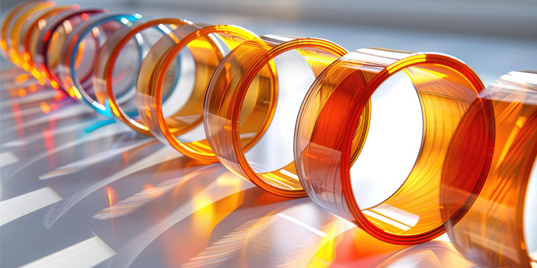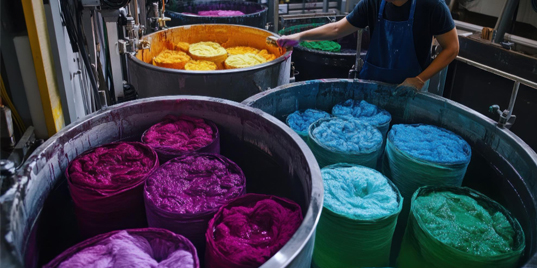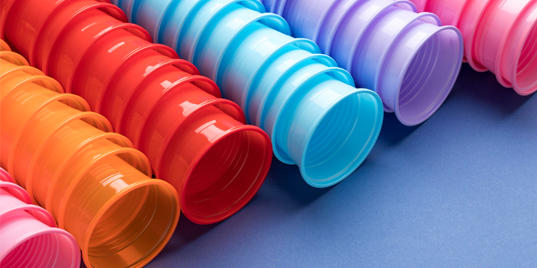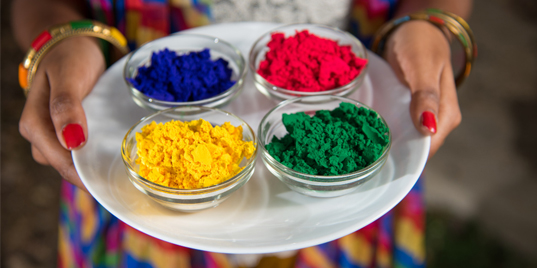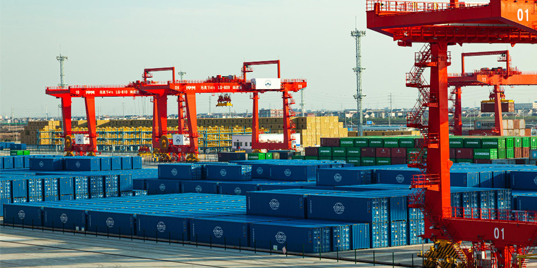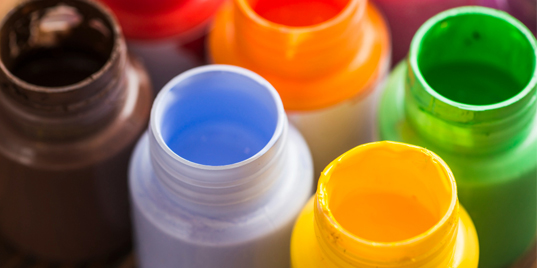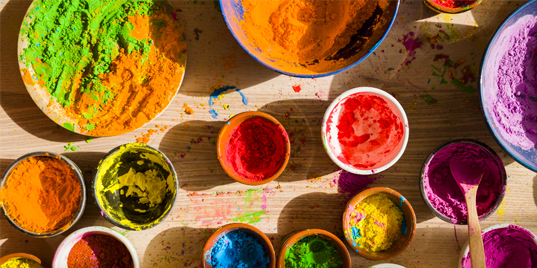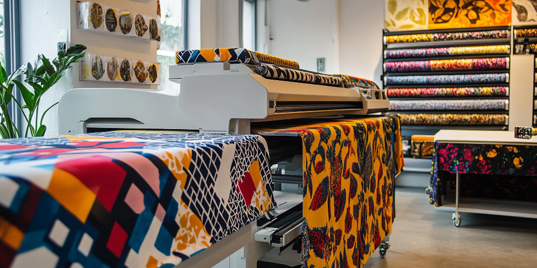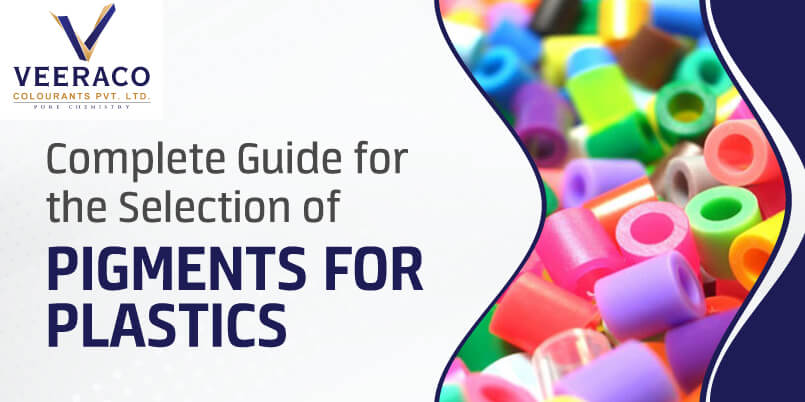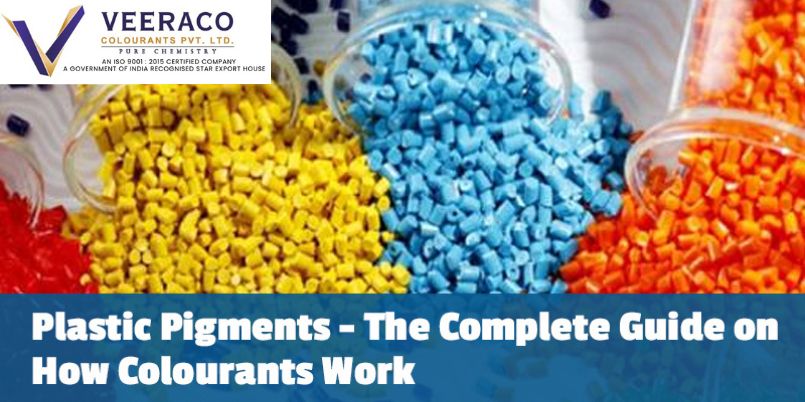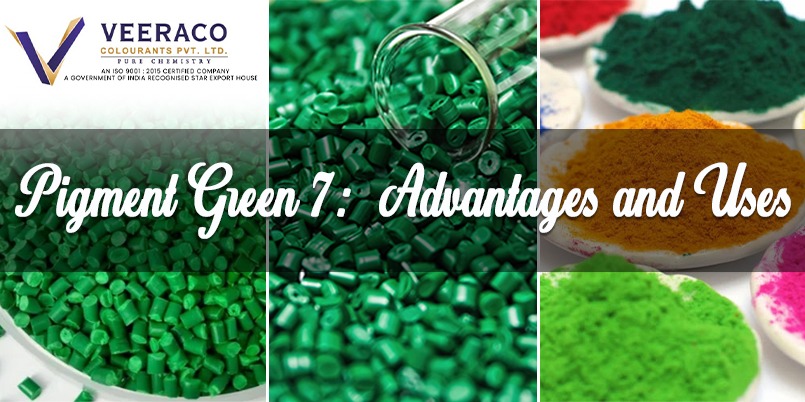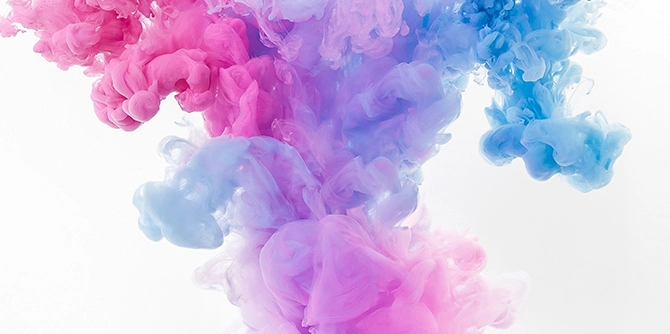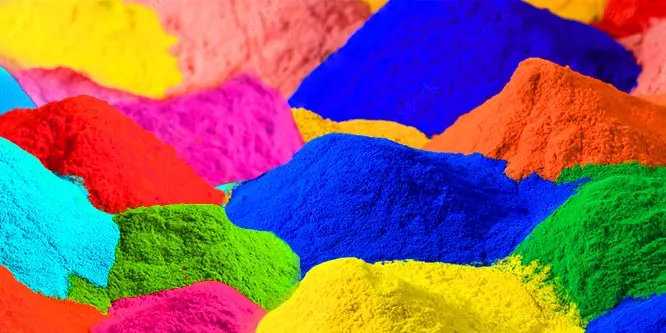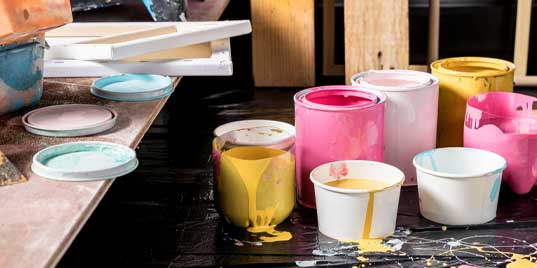
Inside India's Leading Dyes Production Companies: What Sets Them Apart
- Admin
- Sep 27, 2025
Top Dyes Production Companies in India: Manufacturing Standards and Capabilities
India's dyes production landscape represents a sophisticated ecosystem combining traditional expertise with modern manufacturing technology. As global demand for quality dyes continues growing, understanding what distinguishes leading dyes production companies in India helps businesses make informed sourcing decisions. This guide explores manufacturing excellence, quality standards, and capabilities that define top Indian dye manufacturers.
Evolution of Dyes Production in India
The Indian dyes industry traces its roots back over a century, evolving from basic natural dyes to advanced synthetic formulations. Early manufacturers focused on meeting domestic textile industry needs, but continuous innovation and investment have transformed Indian companies into global suppliers.
The liberalization of the Indian economy in the 1990s accelerated industry growth, attracting investments in technology and infrastructure. Today, India ranks among the world's top three dye-producing nations, with production capacity exceeding 200,000 tons annually.
Government initiatives including "Make in India" and focus on chemical manufacturing have further strengthened the sector. Modern dyes production companies in India combine scale, technology, and expertise to compete globally.
State-of-the-Art Manufacturing Facilities
Leading dyes production companies operate advanced manufacturing facilities incorporating international best practices and cutting-edge technology.
Production Infrastructure
Modern facilities feature automated batch processing systems, ensuring precise control over reaction conditions. Computer-controlled processes monitor temperature, pressure, pH, and reaction time, maintaining optimal conditions for consistent quality.
Reaction vessels constructed from corrosion-resistant materials handle aggressive chemicals safely. Agitation systems ensure thorough mixing, while cooling and heating systems maintain temperature control within tight tolerances.
Purification and Standardization Systems
After synthesis, crude dyes undergo purification removing by-products and impurities. Advanced filtration systems, centrifuges, and spray dryers process thousands of kilograms daily while maintaining product quality.
Standardization blends batches to precise specifications, adjusting dye strength with calculated additions of standardizing agents. Automated dispensing systems ensure accuracy and consistency.
Environmental Controls
Progressive manufacturers invest heavily in environmental protection systems. Multi-stage effluent treatment plants combining physical, chemical, and biological processes treat wastewater before discharge or recycling.
Emission control systems including scrubbers, filters, and oxidizers treat air emissions from production processes, ensuring compliance with air quality standards.
Quality Control and Testing Laboratories
Comprehensive quality assurance distinguishes leading dyes production companies from basic manufacturers. Modern laboratories equipped with sophisticated instrumentation ensure products meet specifications consistently.
Analytical Equipment
Spectrophotometers measure color properties including strength, shade, and brightness. HPLC (High Performance Liquid Chromatography) systems analyze chemical composition and purity. Gas chromatography identifies volatile components and residual solvents.
Particle size analyzers characterize physical properties affecting application performance. pH meters, moisture analyzers, and conductivity meters verify critical chemical parameters.
Testing Protocols
Quality labs conduct comprehensive testing on raw materials, intermediates, and finished products. Incoming inspection verifies raw material specifications before production use.
In-process testing monitors critical parameters during manufacturing, enabling real-time adjustments. Finished product testing ensures products meet specifications before release for sale.
Application Testing
Leading manufacturers maintain application laboratories testing dye performance under actual use conditions. Textile labs evaluate dyeing behavior on various fabrics. Leather labs assess penetration and fastness on leather samples.
This application testing provides practical performance data while helping develop optimized dyeing procedures for customers.
R&D Capabilities in Indian Dyes Production Companies
Research and development drives innovation and competitive advantage. Progressive dyes production companies maintain dedicated R&D facilities developing new products and improving existing formulations.
Product Development
R&D teams develop new dye molecules offering enhanced performance or addressing unmet market needs. Development projects may take 2-5 years from concept to commercialization, requiring significant investment in synthesis, testing, and scale-up.
Custom color development helps customers achieve specific shades or performance requirements. Manufacturers work collaboratively with buyers, conducting trials and refining formulations until desired results are achieved.
Process Improvement
Continuous process improvement initiatives increase efficiency, reduce costs, and minimize environmental impact. Engineering teams optimize reaction conditions, improve yields, and develop more efficient purification methods.
Many manufacturers pursue green chemistry initiatives, replacing hazardous reagents with safer alternatives and developing processes with reduced waste generation.
Technical Service
R&D extends to technical service supporting customers' dye application processes. Technical teams provide dyeing recipes, troubleshoot problems, and conduct training programs for customer personnel.
Environmental and Safety Standards
Responsible dyes production companies prioritize environmental protection and worker safety, implementing comprehensive management systems.
Environmental Management Systems
ISO 14001 certified manufacturers maintain systematic environmental management identifying impacts, setting objectives, and implementing programs to minimize environmental footprint.
Regular environmental audits assess compliance with regulations and identify improvement opportunities. Leading companies publish sustainability reports documenting environmental performance and goals.
Effluent Treatment
Multi-stage treatment systems handle the complex wastewater generated by dye manufacturing. Primary treatment removes suspended solids through clarification. Secondary biological treatment breaks down organic contaminants.
Tertiary treatment using advanced oxidation, membrane filtration, or other technologies further purifies water before discharge or recycling. Zero liquid discharge (ZLD) systems represent the highest environmental standard, recycling all wastewater.
Solid Waste Management
Dye manufacturing generates solid wastes including filter cakes, spent catalysts, and contaminated packaging. Responsible manufacturers segregate wastes, recycling what's possible and disposing of hazardous wastes through authorized facilities.
Many companies have achieved "zero waste to landfill" status through comprehensive recycling and recovery programs.
Worker Safety
Occupational health and safety programs protect employees from chemical exposure and workplace hazards. Personal protective equipment, engineering controls, and safe work procedures minimize risks.
Regular safety training, emergency response drills, and health monitoring programs ensure workforce safety. Leading manufacturers maintain excellent safety records with minimal incidents.
Production Capacity and Scalability
Manufacturing capacity and ability to scale production affects supplier selection, particularly for large-volume buyers.
Capacity Assessment
Evaluate manufacturers' current production capacity and utilization rates. Suppliers operating near maximum capacity may struggle to accommodate volume increases or rush orders.
Multi-product facilities offer flexibility but may have capacity constraints for specific dye types. Dedicated production lines for high-volume products provide better reliability for major buyers.
Scalability Infrastructure
Leading manufacturers maintain infrastructure supporting production scale-up. This includes spare reactor capacity, flexible scheduling systems, and procurement relationships ensuring raw material availability for increased volumes.
Some manufacturers operate multiple production sites, providing geographic diversification and additional capacity for growth.
Inventory Management
Substantial finished goods inventory enables quick response to orders without production delays. Modern warehouse management systems track inventory levels, manage stock rotation, and optimize fulfillment.
Certifications That Validate Manufacturing Excellence
Certifications provide third-party validation of manufacturing capabilities and management systems.
ISO 9001 Quality Management
ISO 9001 certification demonstrates systematic quality management covering all aspects of operations from raw material procurement through production and delivery.
Certified companies maintain documented procedures, conduct regular internal audits, and participate in external audits by certification bodies. This framework ensures consistent adherence to quality standards.
ISO 14001 Environmental Management
ISO 14001 certification indicates systematic environmental management with defined policies, objectives, and programs. Certified companies demonstrate commitment to environmental protection beyond regulatory compliance.
ISO 45001 Occupational Health & Safety
ISO 45001 (previously OHSAS 18001) certification indicates systematic safety management protecting workers from workplace hazards.
ISO 2015 Updates
Recent ISO standard updates emphasize risk-based thinking and integration with business processes. Companies maintaining current certifications demonstrate commitment to management system excellence.
Industry-Specific Certifications
Depending on target markets, manufacturers may maintain additional certifications like REACH registration for European markets, FDA compliance for food-grade products, or Oeko-Tex certification for textiles.
From Raw Materials to Finished Products: The Production Journey
Understanding the production process helps appreciate the complexity involved in manufacturing quality dyes.
Raw Material Procurement
Production begins with procuring chemical intermediates, catalysts, and other raw materials. Leading manufacturers maintain approved vendor programs ensuring supplier quality and reliability.
Strategic partnerships with key raw material suppliers provide security against supply disruptions while potentially securing preferential pricing or payment terms.
Chemical Synthesis
Dye molecules are built through multi-step chemical synthesis reactions. Each step requires precise control of reaction conditions including temperature, pressure, pH, and timing.
Intermediate purification may occur between reaction steps, removing by-products that could interfere with subsequent reactions or reduce final product quality.
Isolation and Purification
Completed dye synthesis products undergo separation from reaction mixtures. Filtration, crystallization, or extraction techniques isolate crude dye from liquids and byproducts.
Purification washing removes residual chemicals, followed by drying to specified moisture content. Spray drying or vacuum drying may be employed depending on product characteristics.
Standardization and Formulation
Purified dyes are standardized to precise strength specifications. Analytical testing determines actual dye content, then calculated additions of dispersants, buffers, or other agents adjust final composition to specification.
Blending multiple batches of similar product may occur to improve consistency and utilize inventory efficiently.
Quality Control and Release
Final products undergo comprehensive testing verifying all specifications are met. Only products passing all quality checks receive release for packaging and shipment.
Retained samples from each batch provide references for future quality investigations if needed.
Packaging and Storage
Products are packaged according to customer requirements or standard formats. Labeling includes product identification, batch numbers, and safety information.
Finished goods warehouses maintain proper storage conditions protecting product quality until shipment.
Veeraco's Manufacturing Infrastructure
With over 80 years in the dyes industry, Veeraco Colourants exemplifies manufacturing excellence. Our ISO 9001 and ISO 2015 certified facilities incorporate modern technology while preserving traditional expertise gained through decades of experience.
Our production infrastructure includes multiple reaction lines, state-of-the-art purification systems, and comprehensive quality control laboratories. We've invested significantly in environmental protection, operating advanced effluent treatment facilities ensuring responsible manufacturing.
Our manufacturing philosophy emphasizes flexibility alongside efficiency. We efficiently produce large volumes for major customers while maintaining capabilities for smaller batches of specialty formulations.
Conclusion
Leading dyes production companies in India distinguish themselves through manufacturing excellence, quality assurance, environmental responsibility, and innovation capabilities. These attributes enable them to serve demanding customers worldwide with products meeting international standards.
Selecting the right manufacturing partner requires evaluating capabilities beyond price, considering quality systems, environmental practices, and long-term reliability. By partnering with established manufacturers like Veeraco, buyers gain access to world-class products backed by decades of expertise.
Contact Veeraco today to learn more about our manufacturing capabilities and how we can support your dye requirements.

